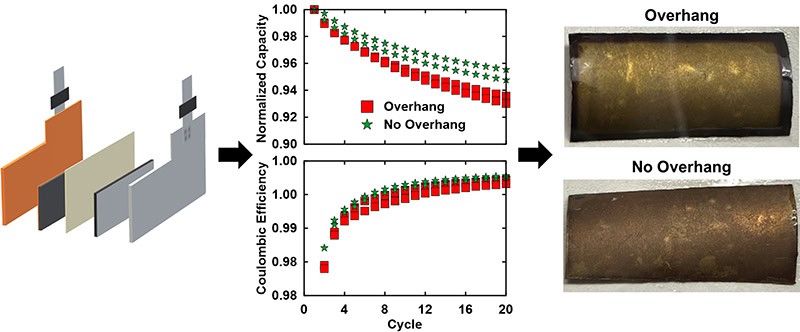Efforts are underway in the Mediterranean Sea to install the underwater neutrino telescope known as KM3NeT, as reported by various sources. The telescopes are designed to detect high-energy neutrinos, subatomic particles emitted from unidentified cosmic sources. Unlike traditional telescopes, these devices rely on capturing light generated when neutrinos collide with seawater. This massive project spans a cubic kilometre of the Mediterranean and involves deploying hundreds of detector strands. The work aims to unveil new insights about the universe.
Unique Design and Deployment Challenges
According to experts, KM3NeT comprises two distinct telescopes featuring glass spheres, each packed with photomultiplier tubes. Simone Biagi, a physicist at Italy’s National Institute for Nuclear Physics, shared with Science News that the telescopes are situated several kilometres below the surface. Deployment involves suspending cables of sensors, resembling strands of pearls, each up to 700 metres in length. These are lowered to the seabed and gradually released to unfurl in the water. A remotely operated submersible is used to make precise connections and inspect the setup.
Scientific Goals of the Project
Sources indicate that one telescope, positioned off Sicily’s coast, is designed to observe high-energy neutrinos originating from space. The second, off the coast of France, is dedicated to studying atmospheric neutrinos and their oscillations. These oscillations provide vital data about how neutrinos shift between different forms, contributing to advancements in particle physics.
Operational Challenges at Sea
Physicists working on this project face significant challenges, including harsh sea conditions and tight schedules. According to reports, deployment campaigns occur annually, each lasting about a month. During this period, researchers work under immense pressure to ensure all equipment functions perfectly. Any errors must be corrected immediately, as adjustments after deployment are impossible.
Experts suggest that the partially completed KM3NeT telescopes are already yielding valuable scientific data, providing insights into quantum gravity effects and neutrino behaviours.









